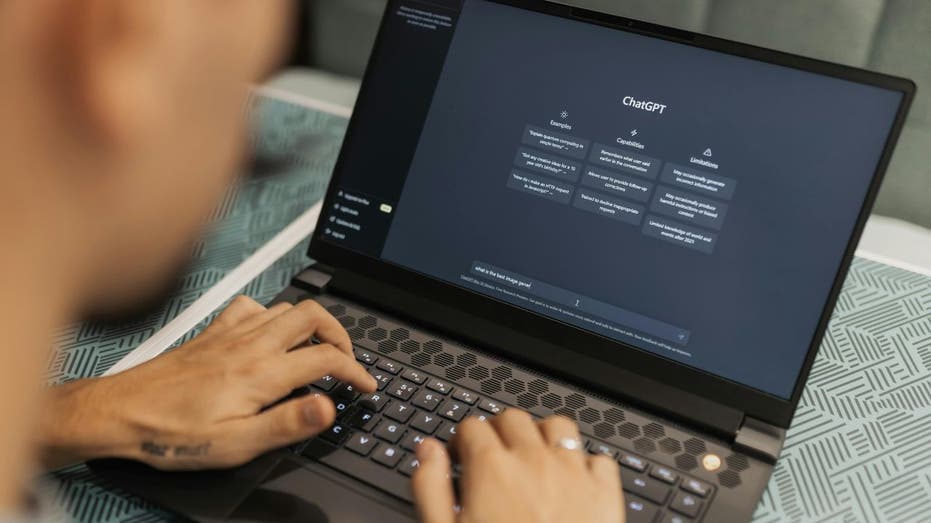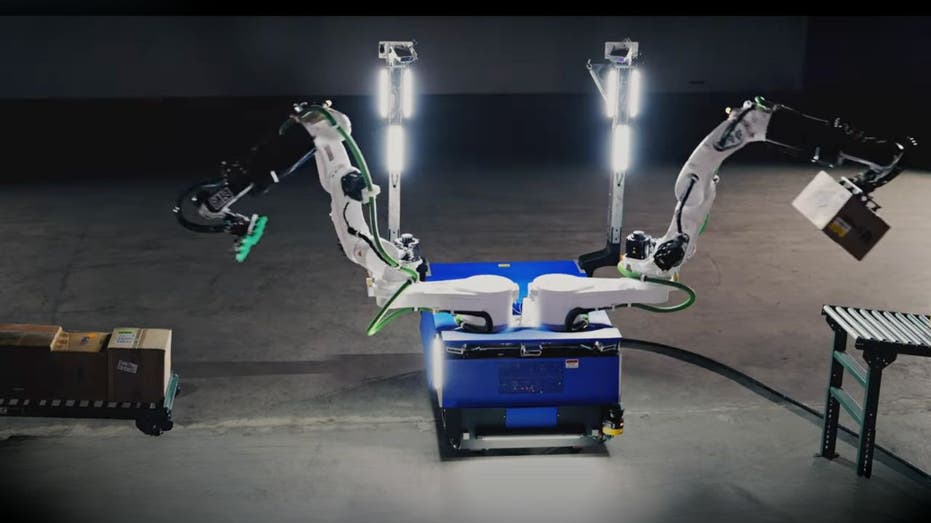- by foxnews
- 08 Apr 2025
Could your next physical exam be performed by a robot finger?
Researchers have developed a robotic finger that can perform routine medical exams like those conducted by doctors, helping to address the growing shortage of trained professionals.
- by foxnews
- 07 Nov 2024
- in technology

The BSF's design is significant because it combines bending actuation with integrated multimodal sensing. This means it can perceive various physical properties of objects through active touch, much like a human finger would. The researchers have emphasized that physical examinations are one of the most effective methods for early detection of conditions such as breast cancer, making this technology particularly valuable in clinical settings.
The development of the BSF is timely, given the dual challenges in health care today. On one hand, there is a notable shortage of trained physicians, which can lead to delays in diagnosis and treatment for various medical conditions. On the other hand, many patients are reluctant to undergo physical examinations, especially when being examined by doctors of the opposite gender. A robotic alternative like the BSF could provide a more comfortable and accessible option for patients, potentially increasing participation in necessary medical assessments.
The BSF operates through a combination of bending movements and pressure sensing. When pressurized, its air chambers expand, causing the finger to bend inward. This bending action allows the robotic finger to perform palpation on model tissues effectively. In tests, the BSF successfully identified model lumps and accurately measured pulses in human participants. The researchers noted that this robotic finger can "feel" stiffness and perform safe and precise palpation similar to that of a human doctor.
The implications of this technology extend beyond simple examinations. The BSF could be employed in various health care contexts, including routine checkups and remote health hcare scenarios in which a physical presence is not feasible. Additionally, it could serve as a valuable training tool for medical students, allowing them to practice their palpation skills without needing live patients.
By combining sophisticated robotics with essential diagnostic functions, this innovation not only enhances health care accessibility but also addresses critical shortages in medical personnel. As research progresses and these technologies become integrated into clinical practice, we may soon witness a future where robotic assistance plays an integral role in patient care, paving the way for a new era in health care delivery.
Follow Kurt on his social channels:
Answers to the most asked CyberGuy questions:
New from Kurt:
Copyright 2024 CyberGuy.com. All rights reserved.
- by foxnews
- descember 09, 2016
Ancient settlement reveals remains of 1,800-year-old dog, baffling experts: 'Preserved quite well'
Archaeologists have recently unearthed the remarkably well-preserved remains of a dog from ancient Rome, shedding light on the widespread practice of ritual sacrifice in antiquity.
read more





